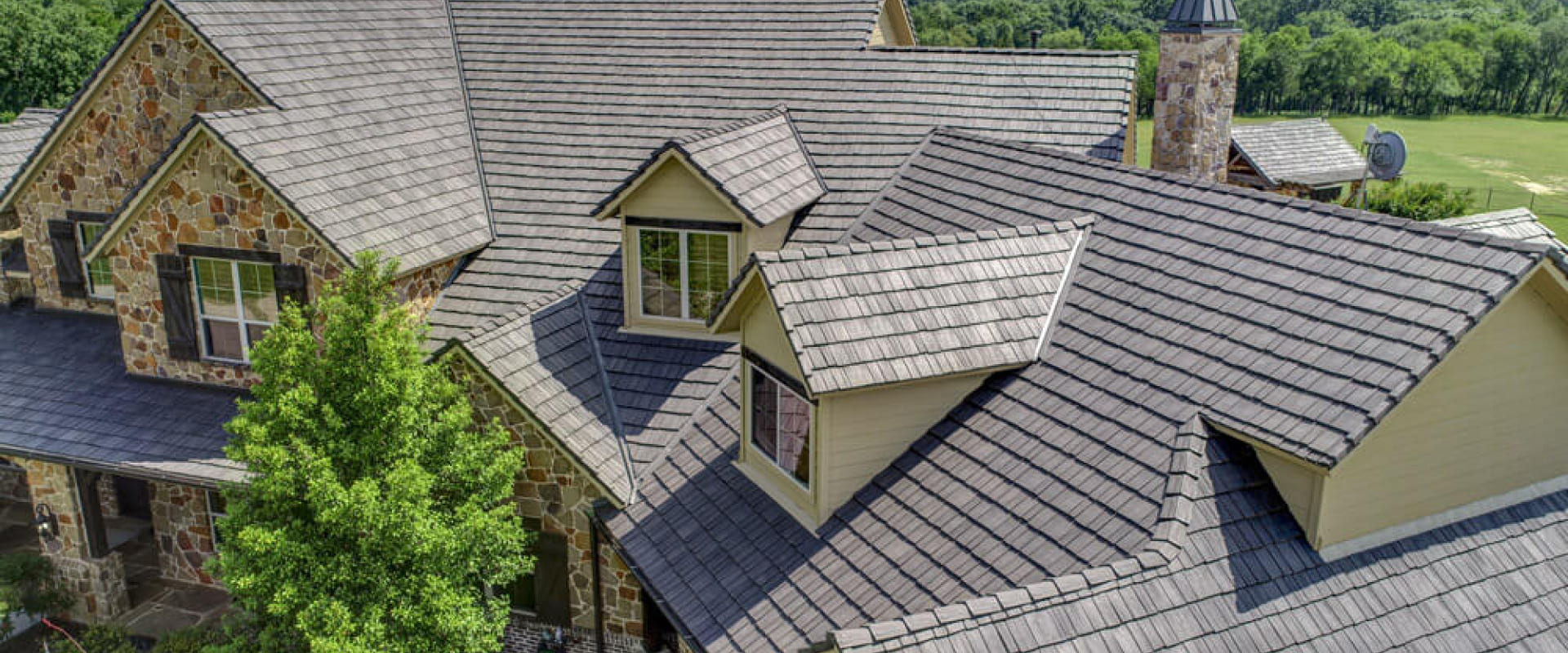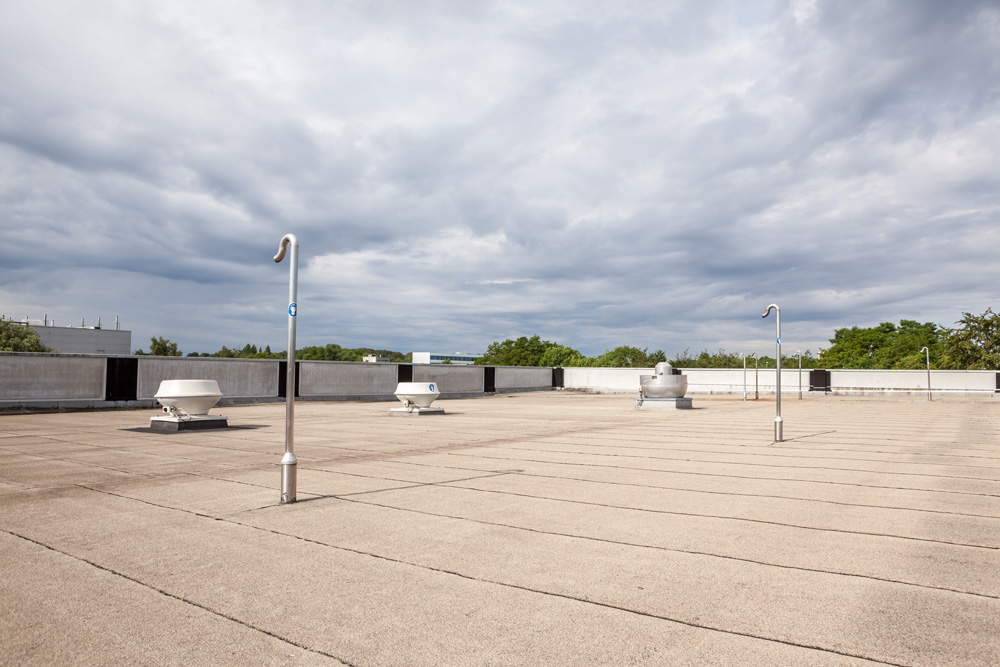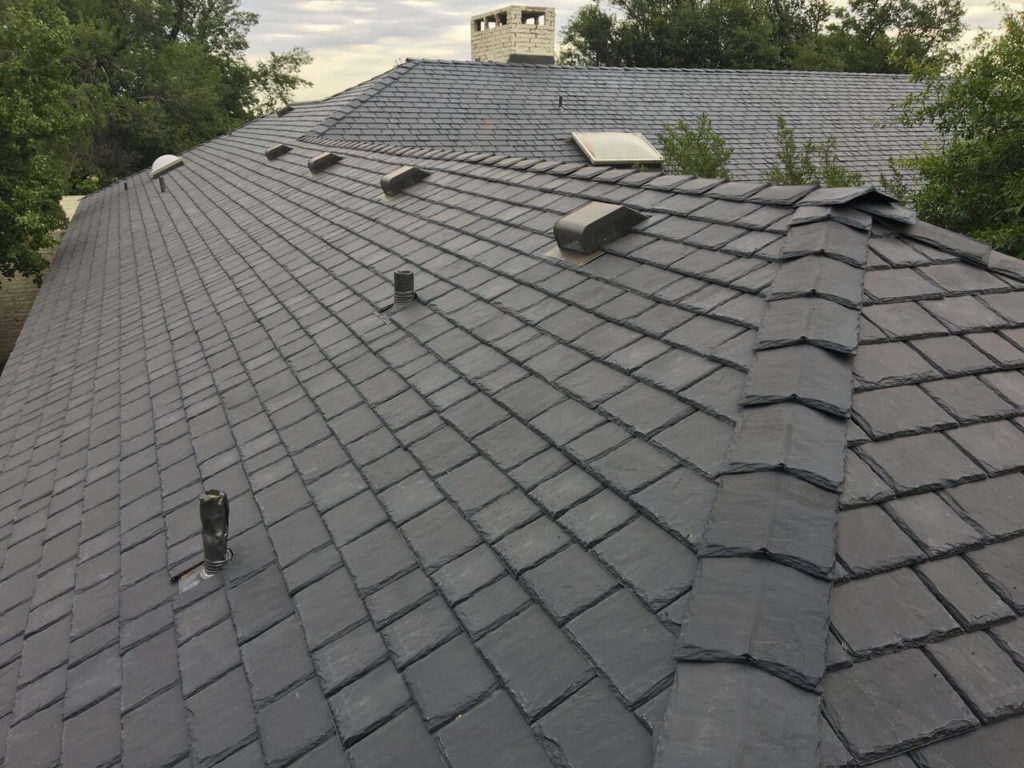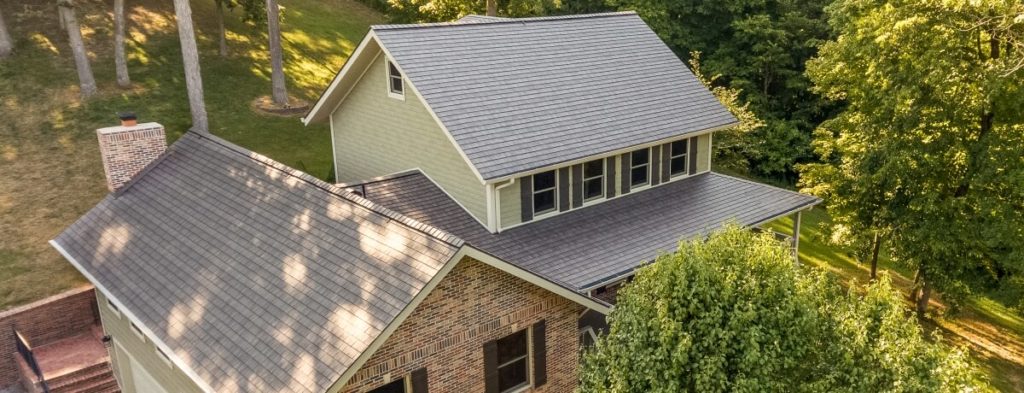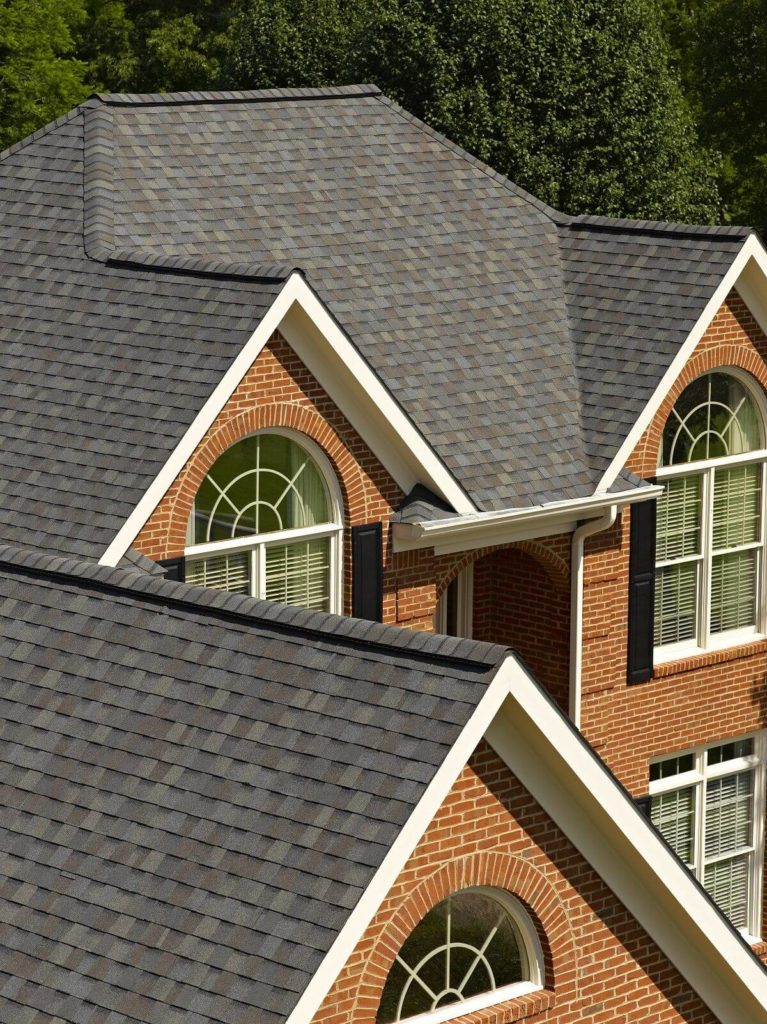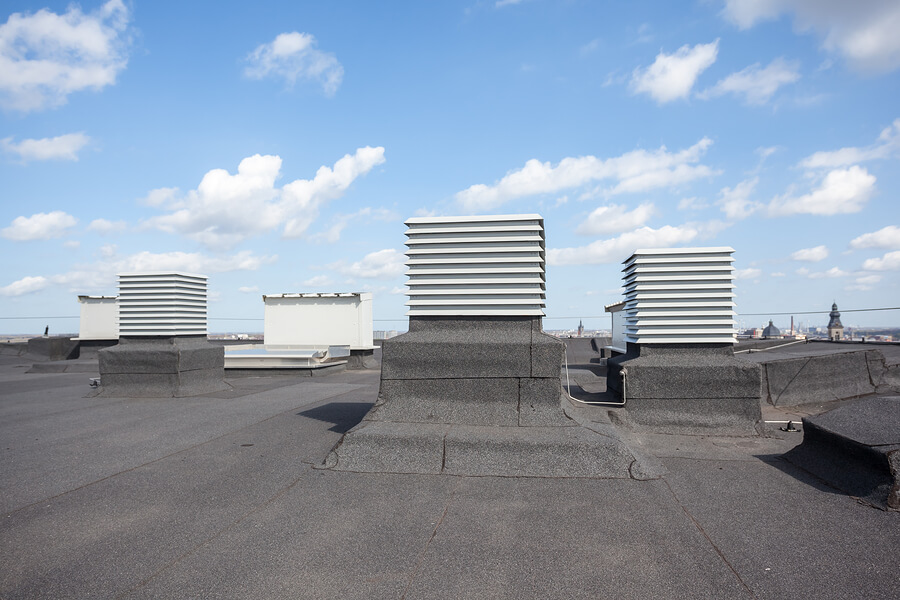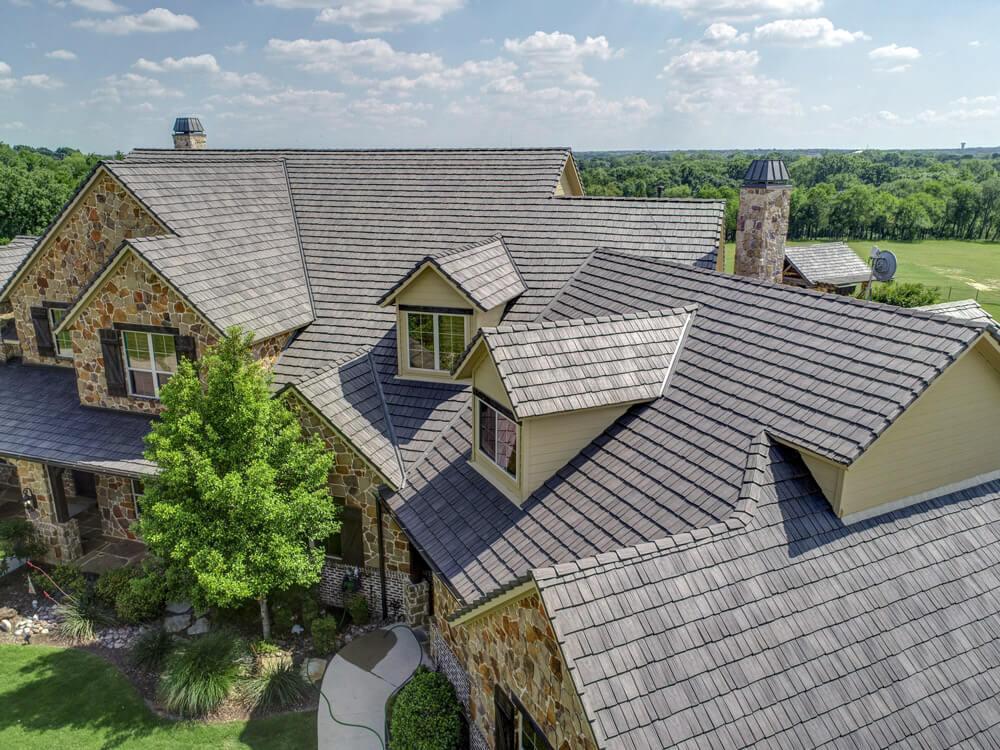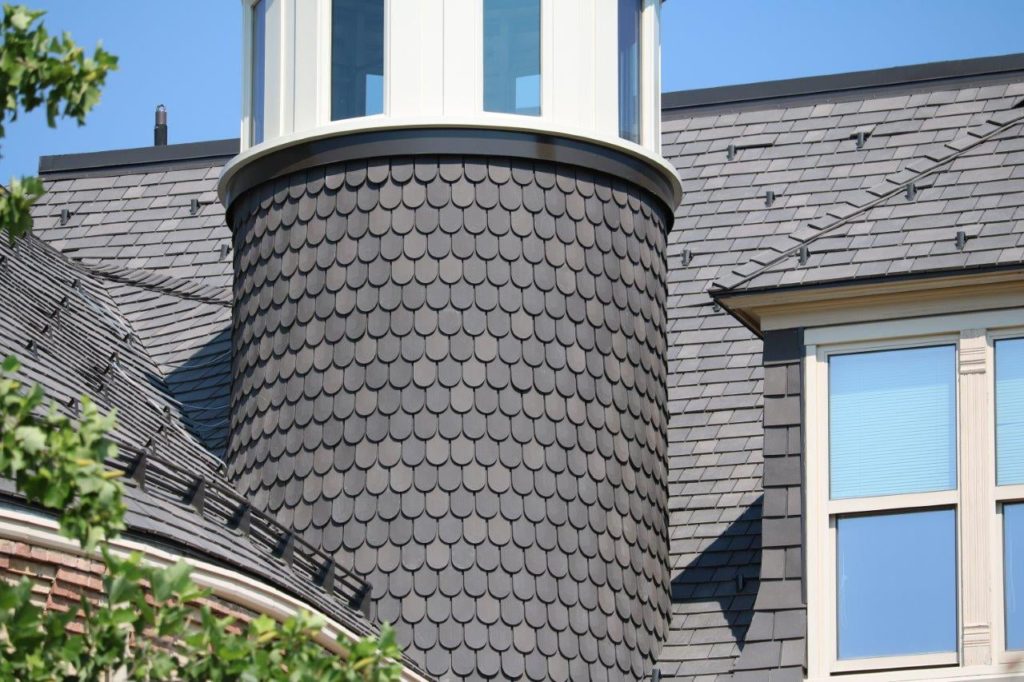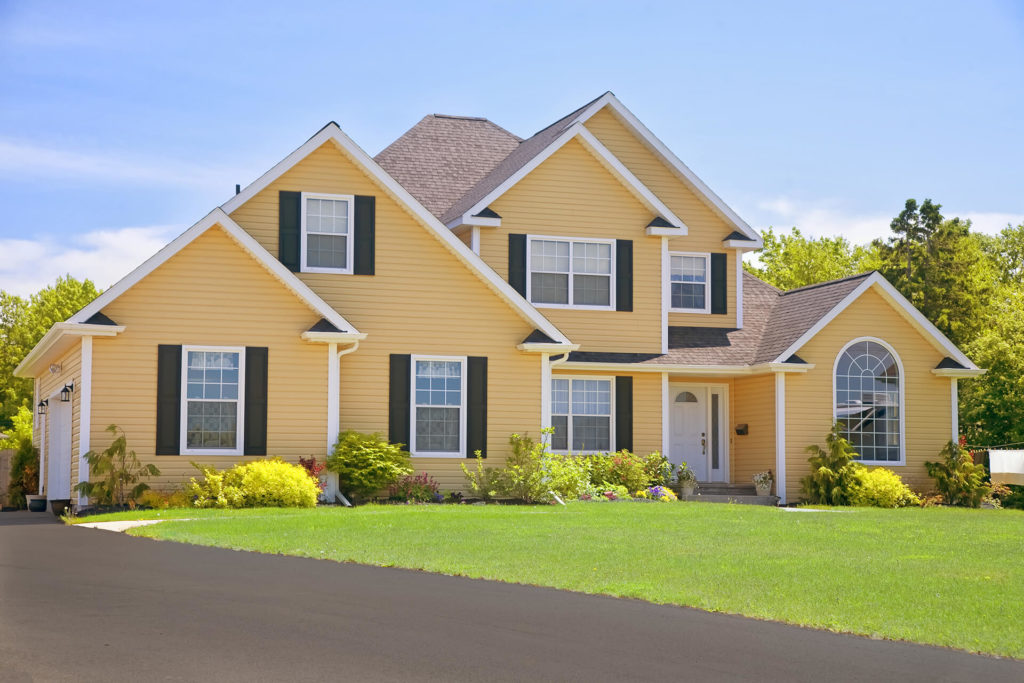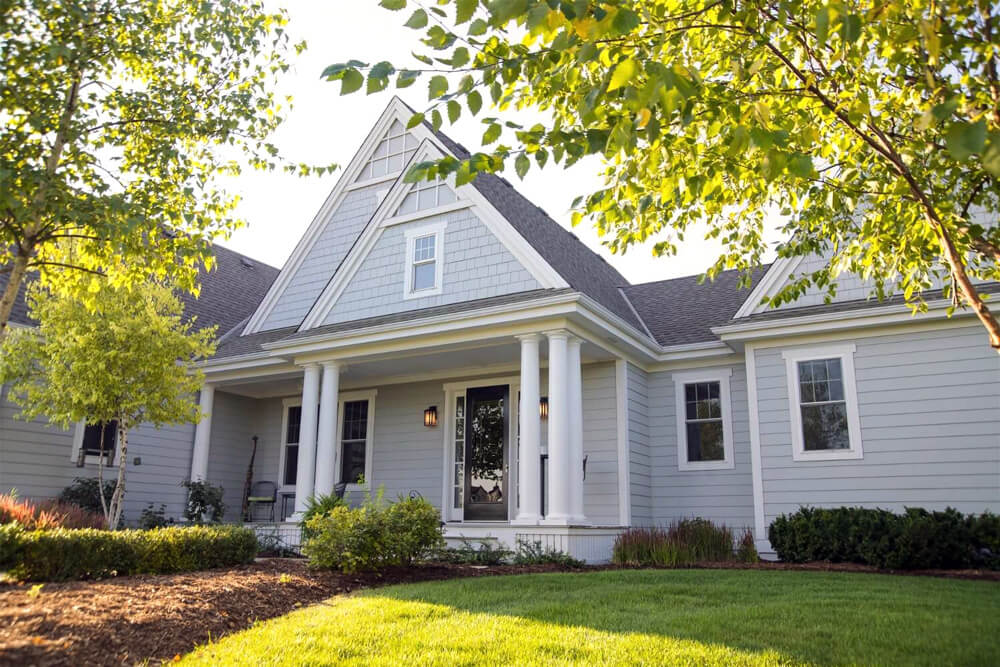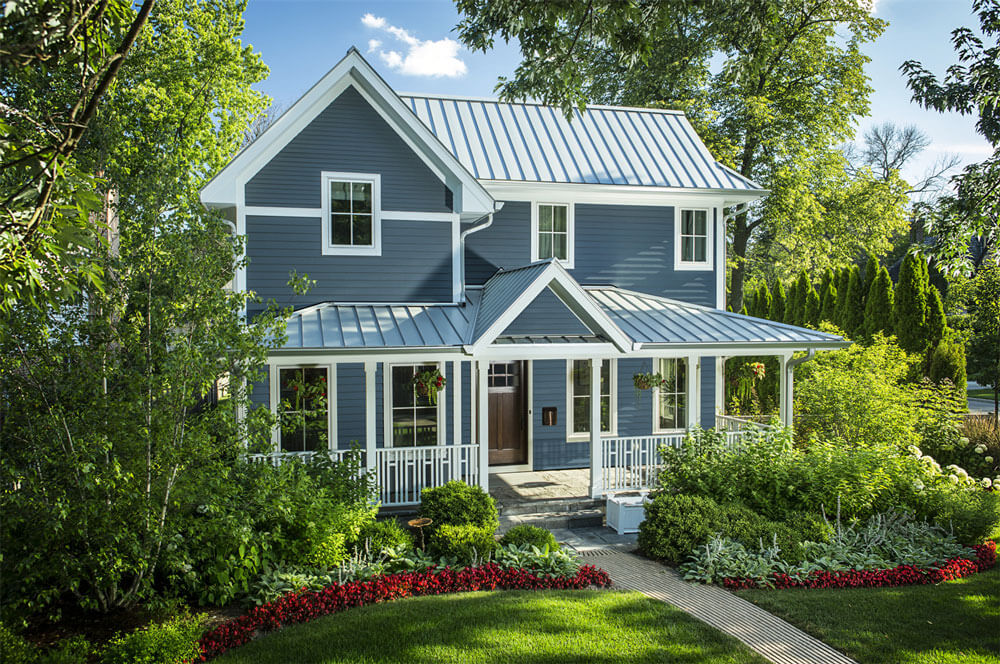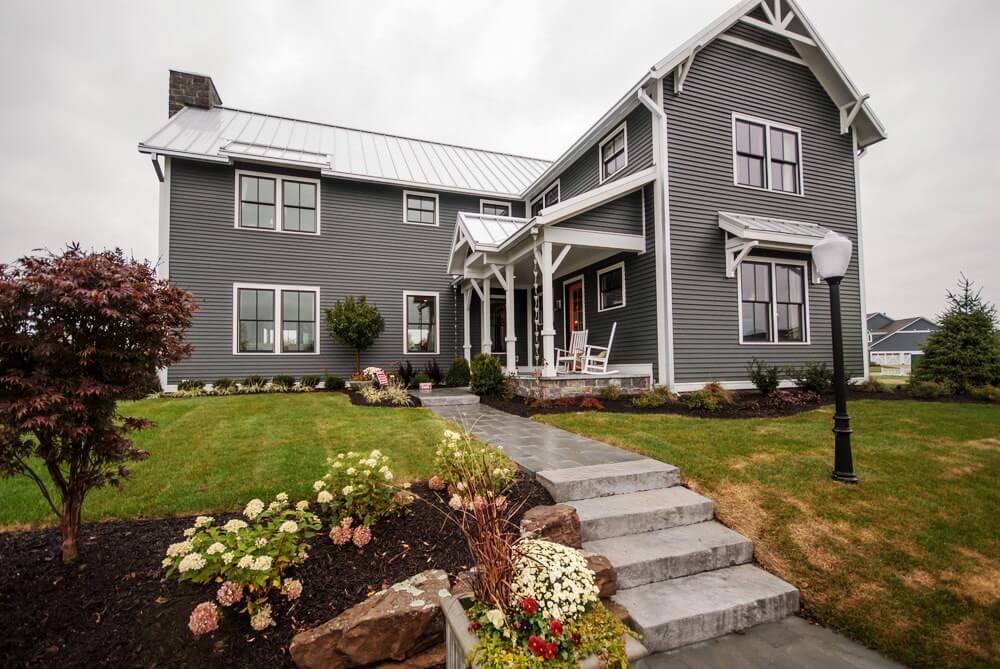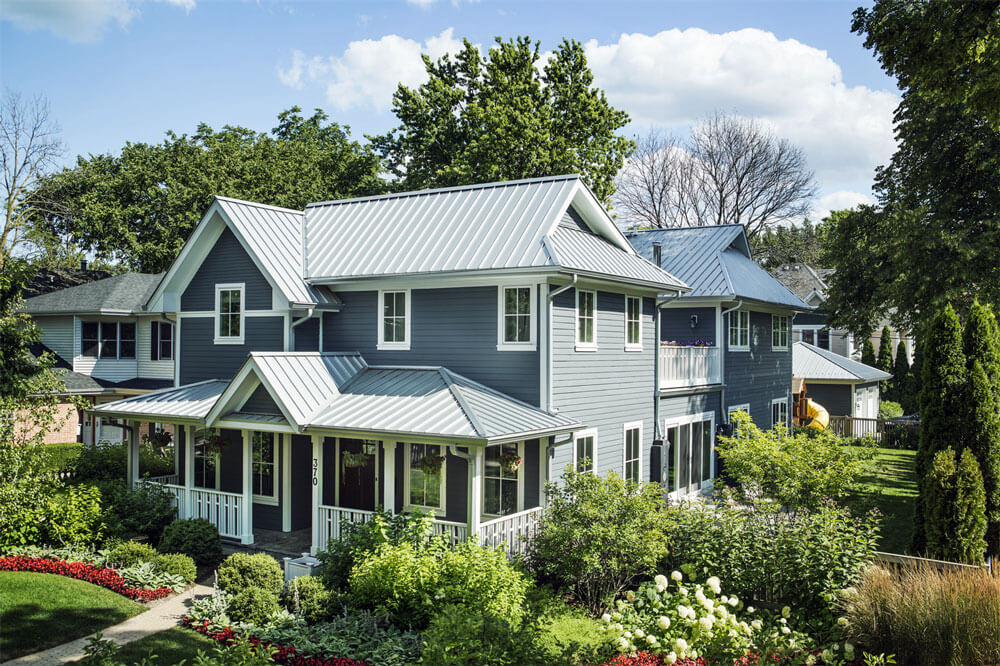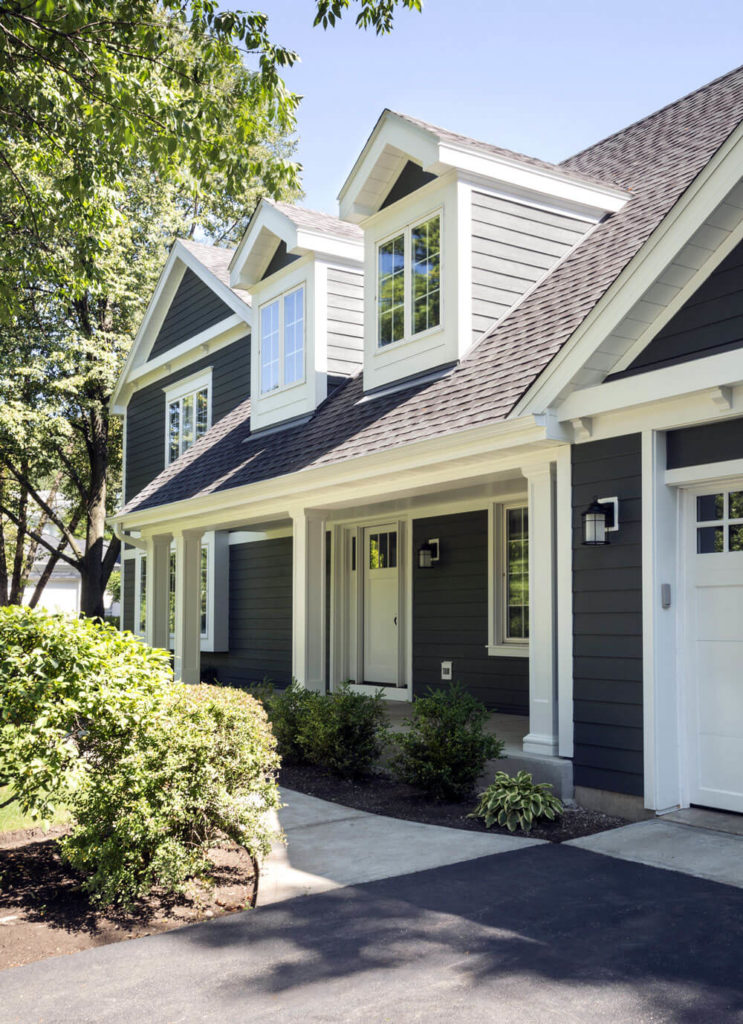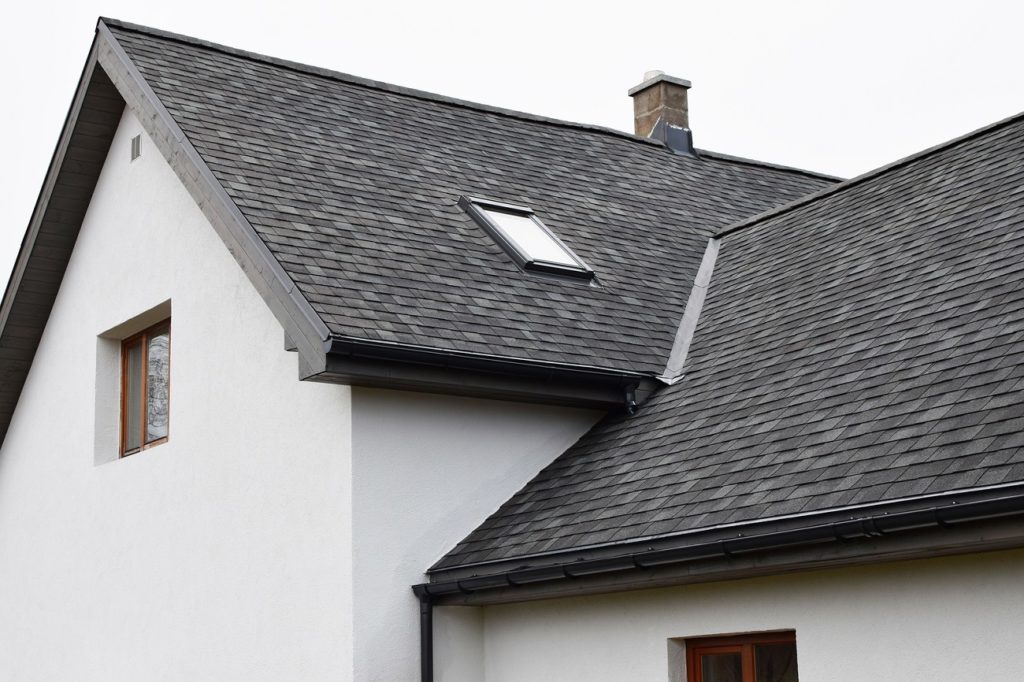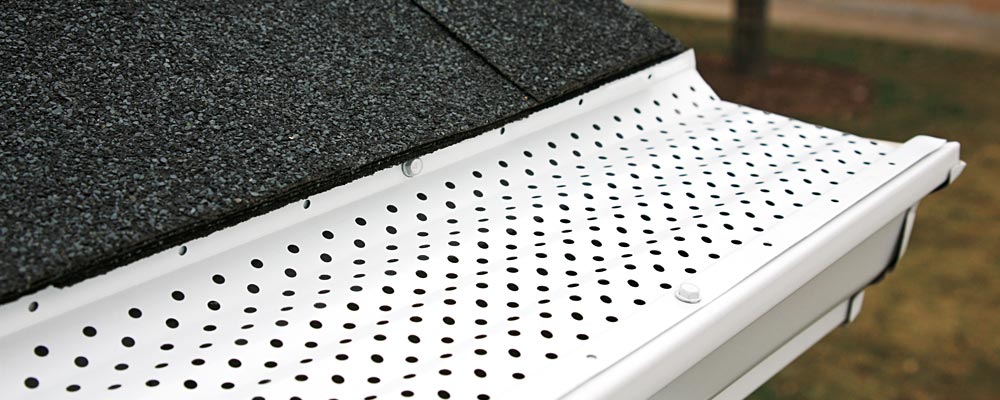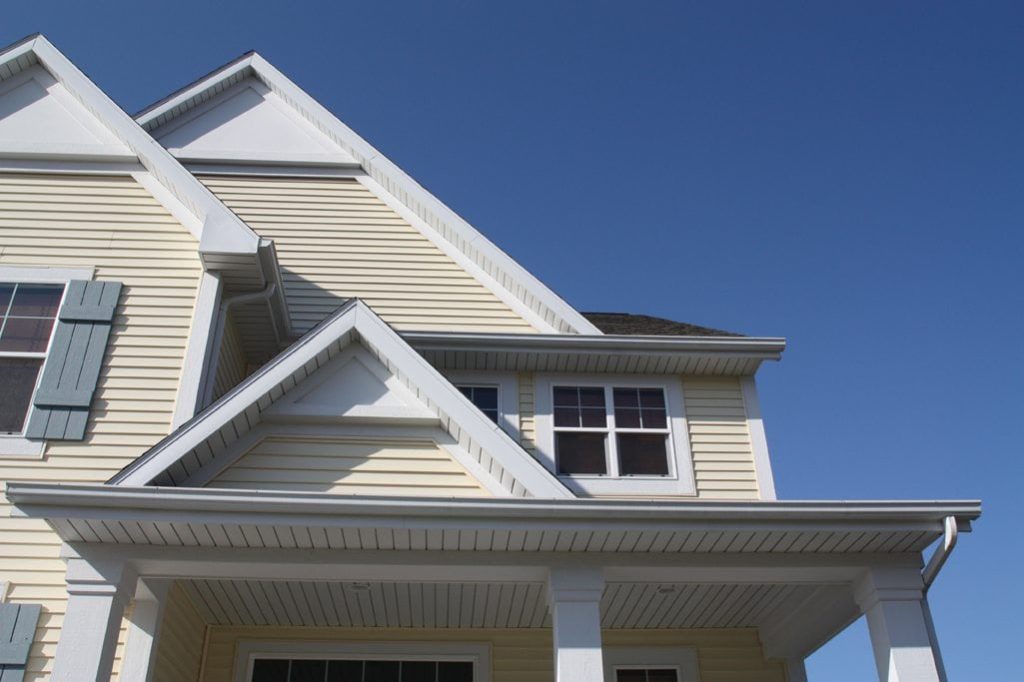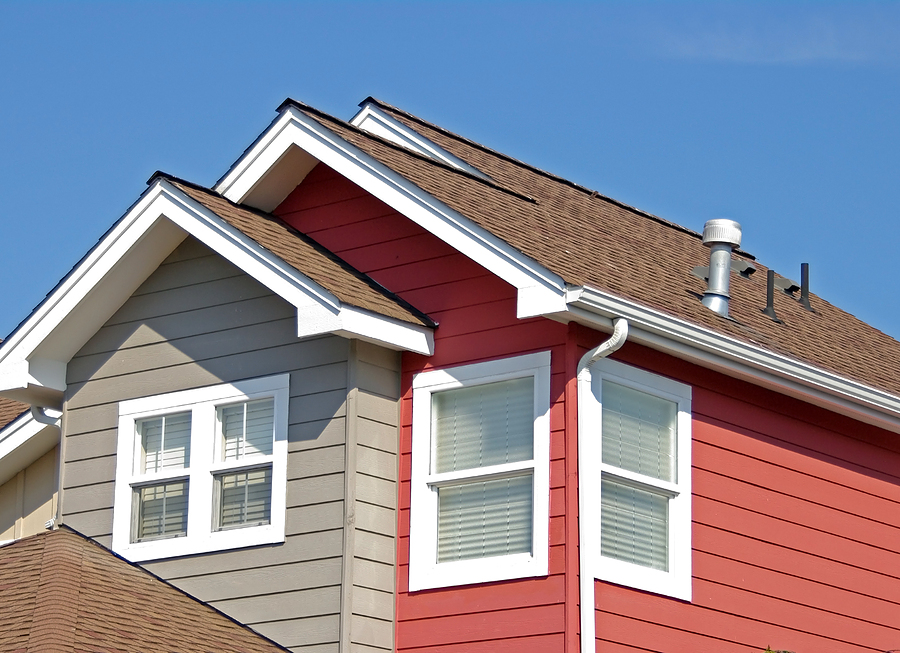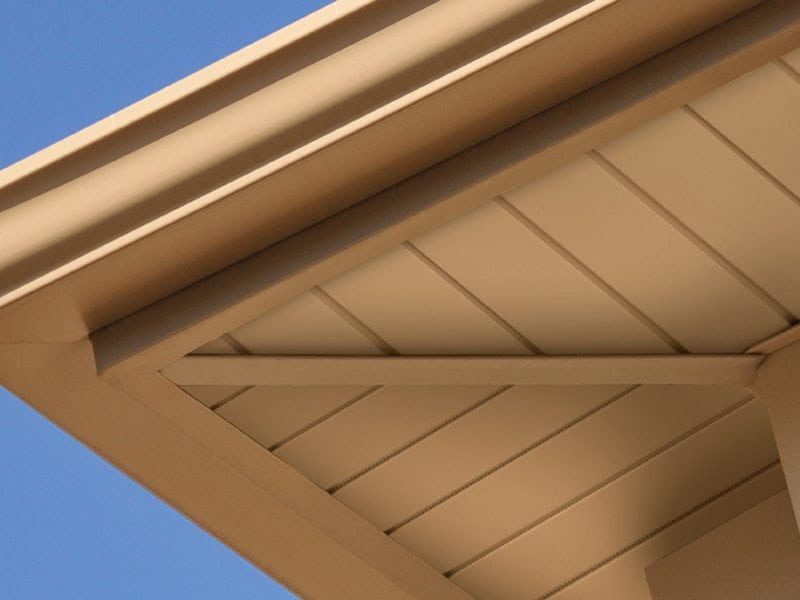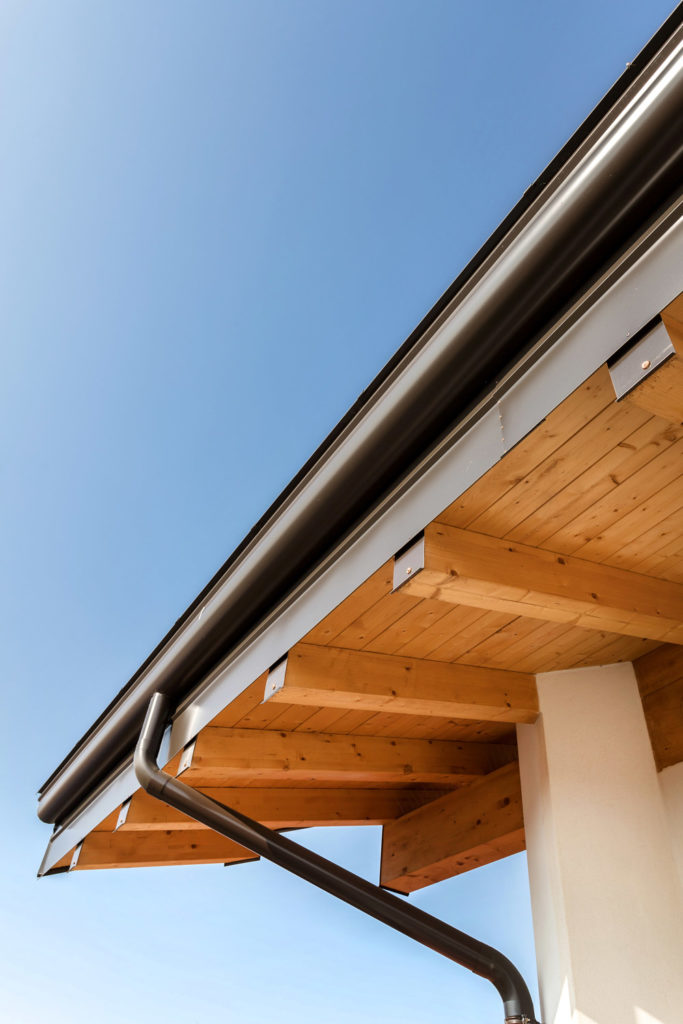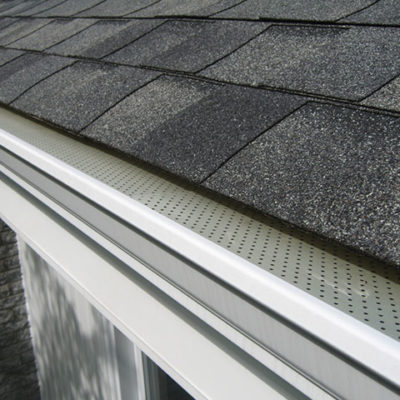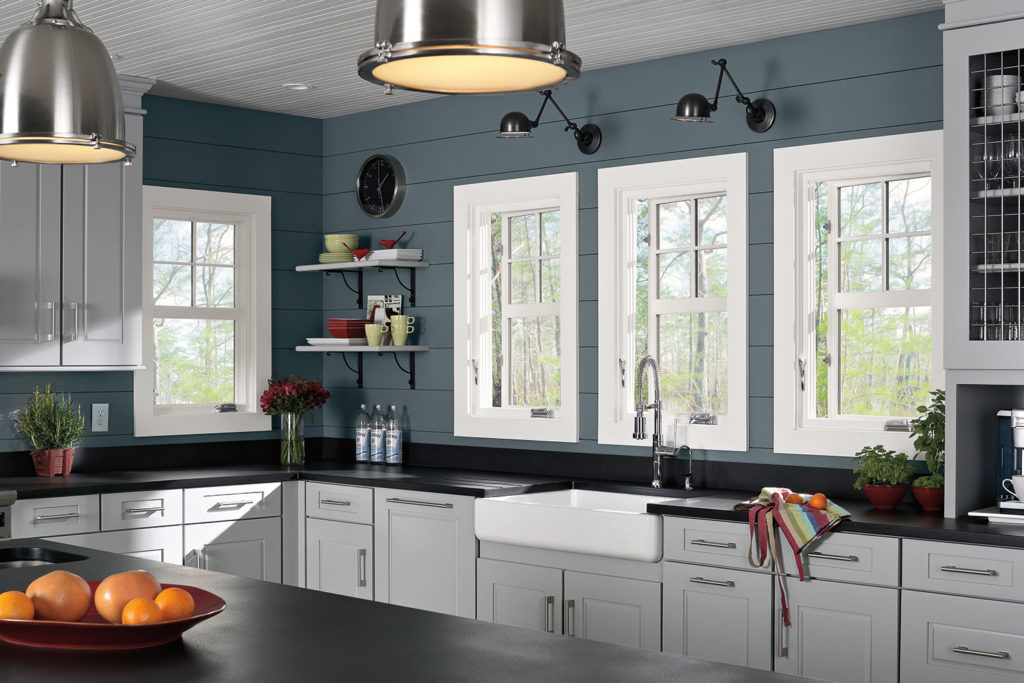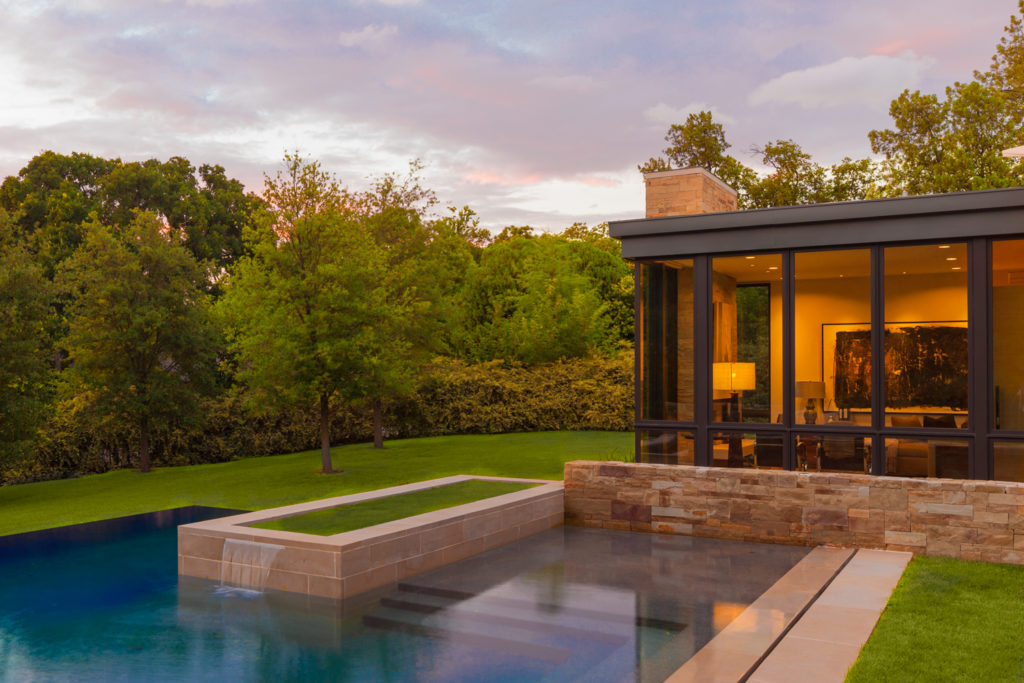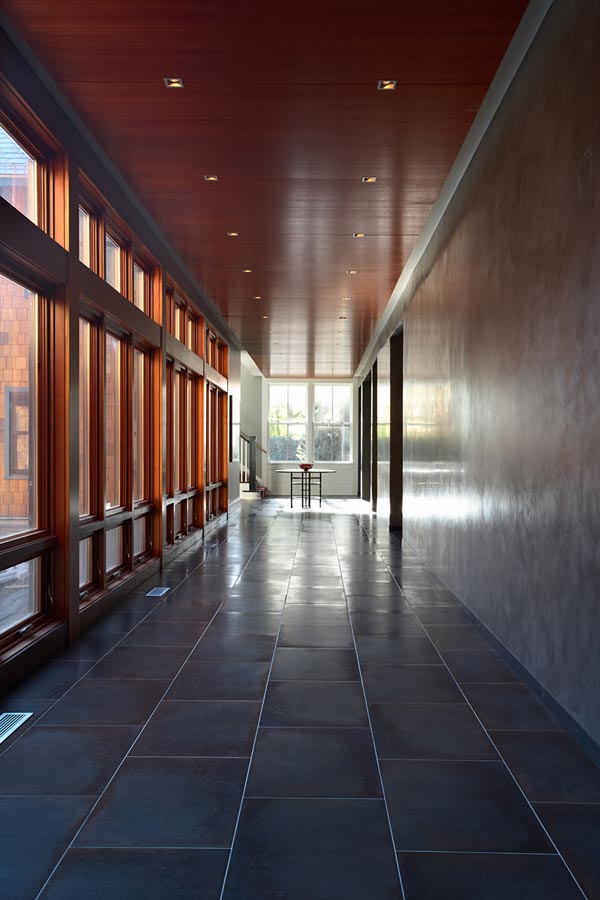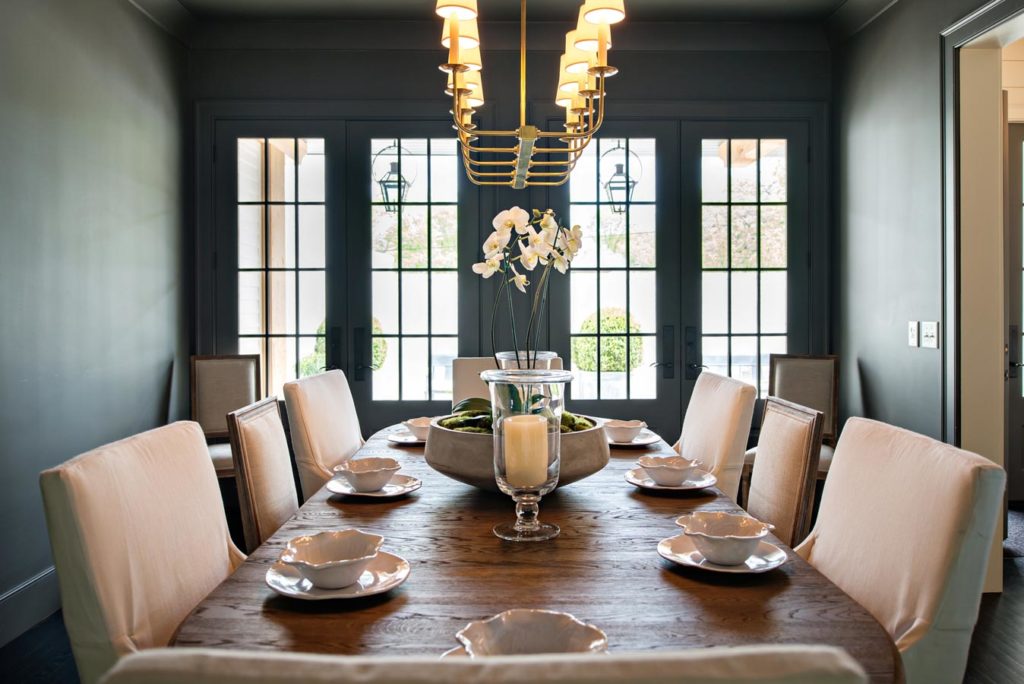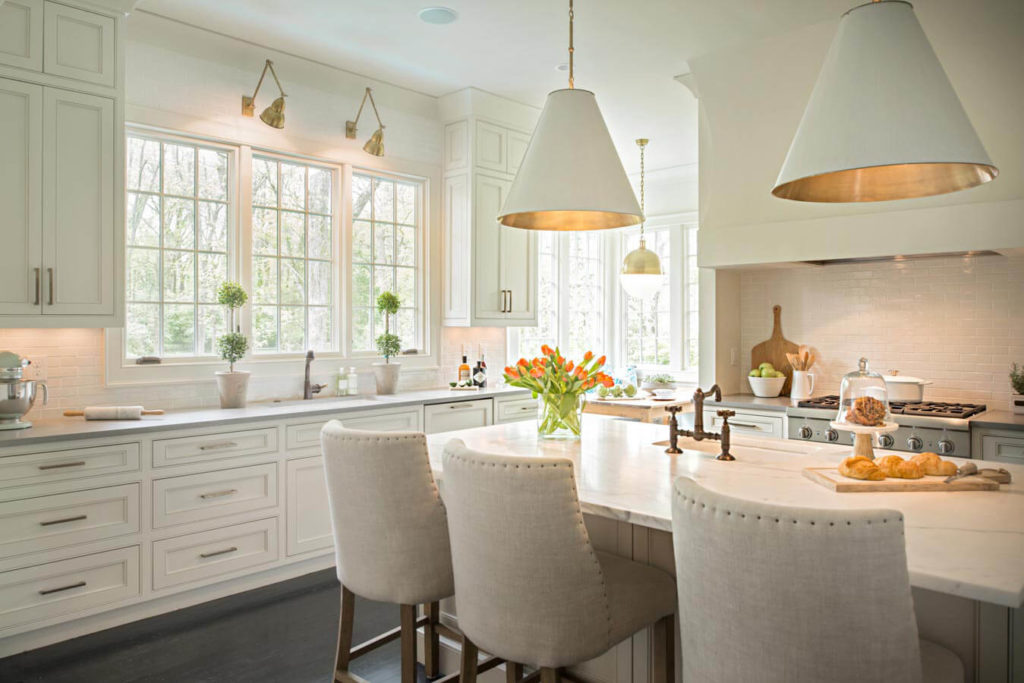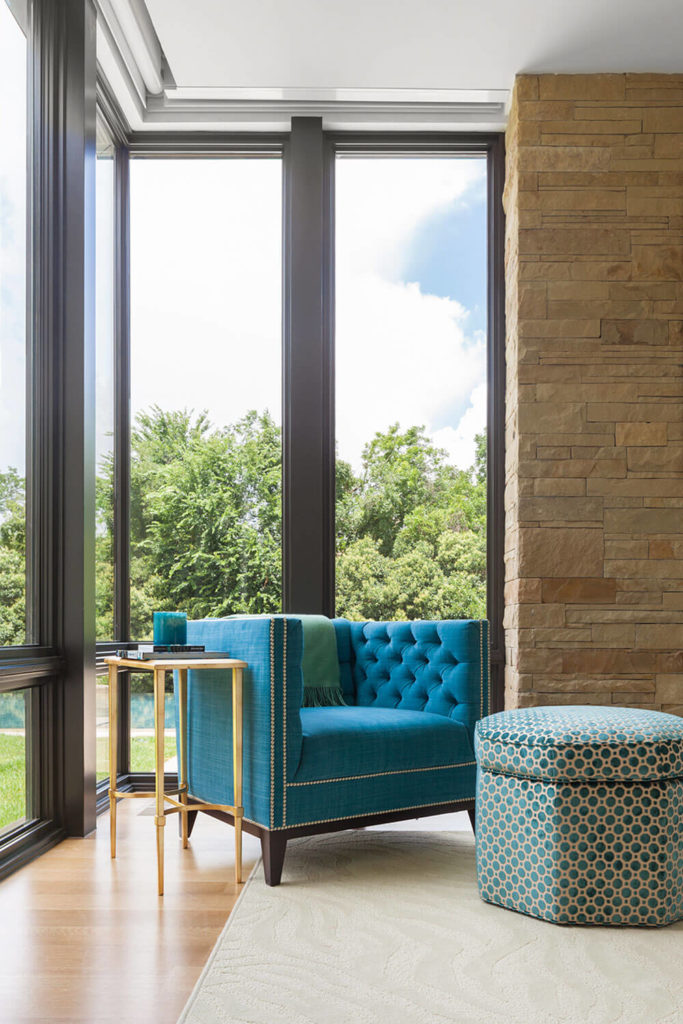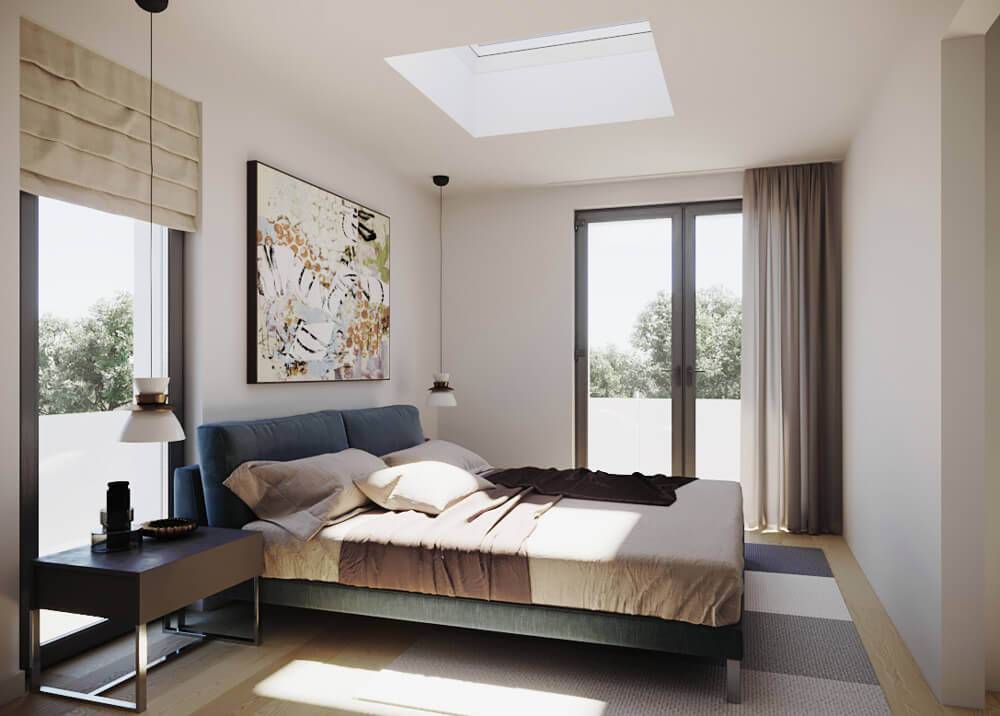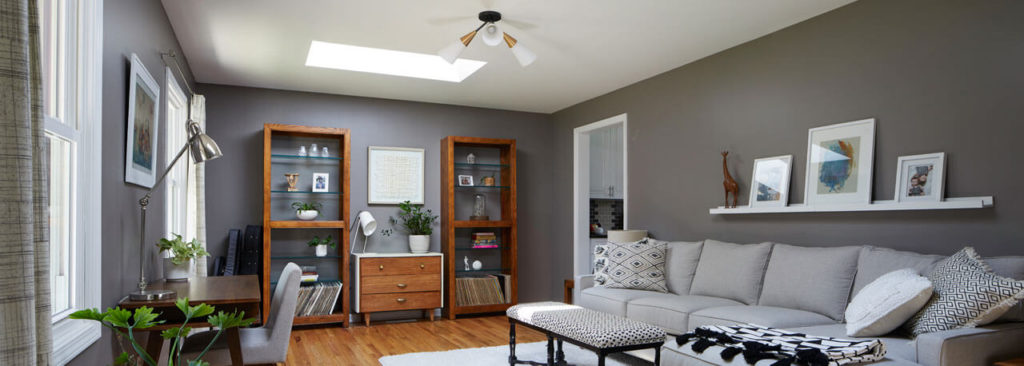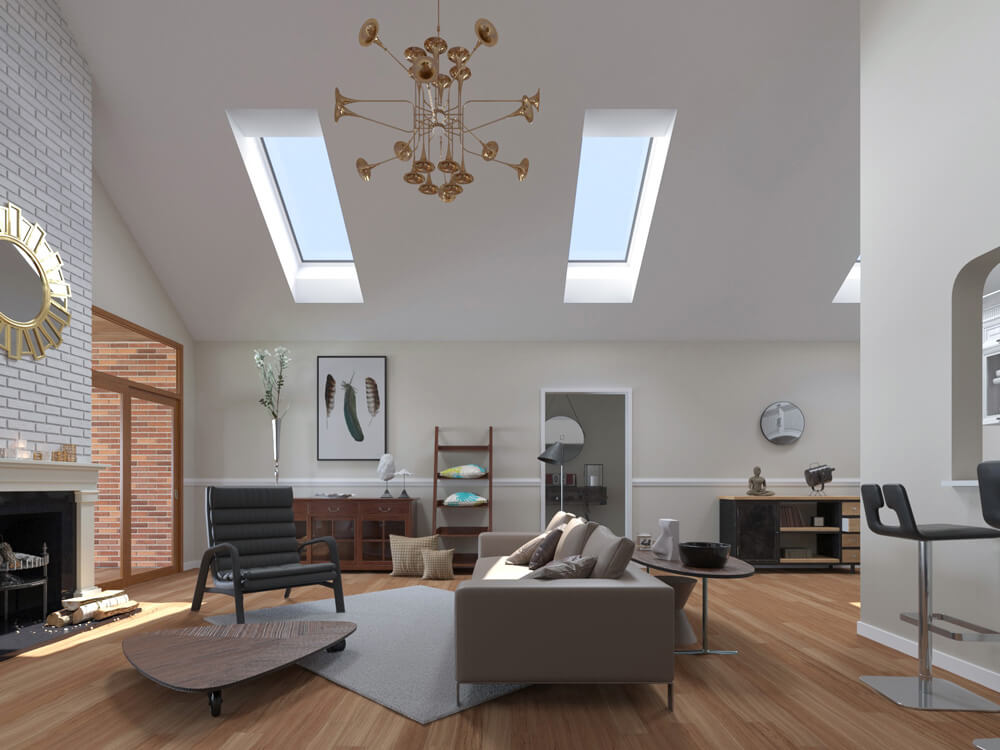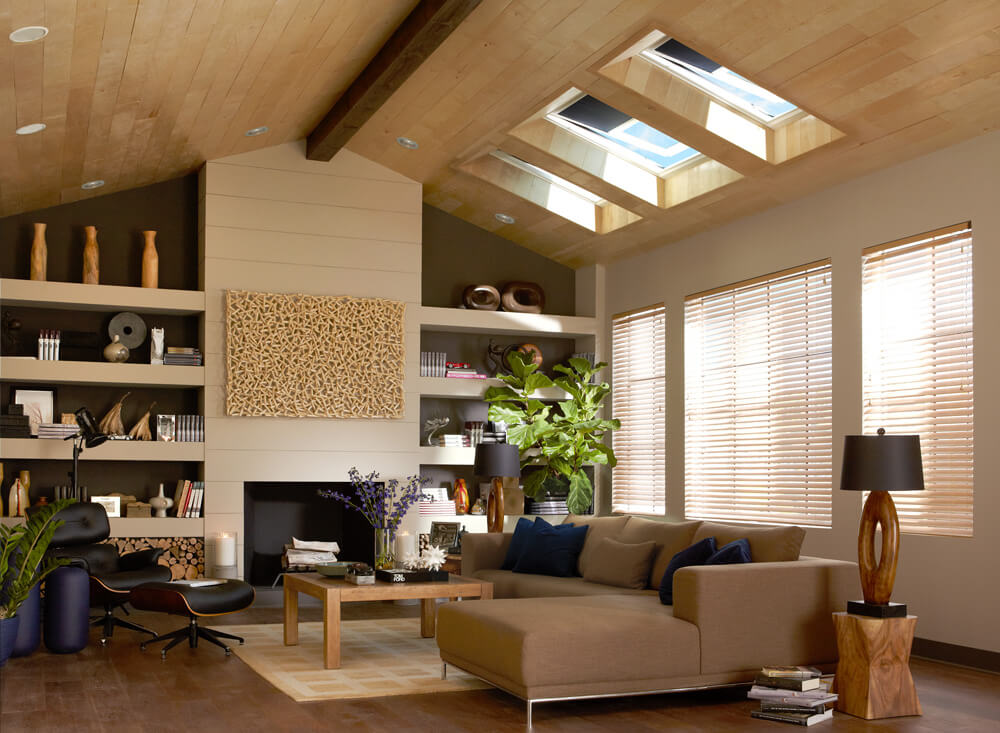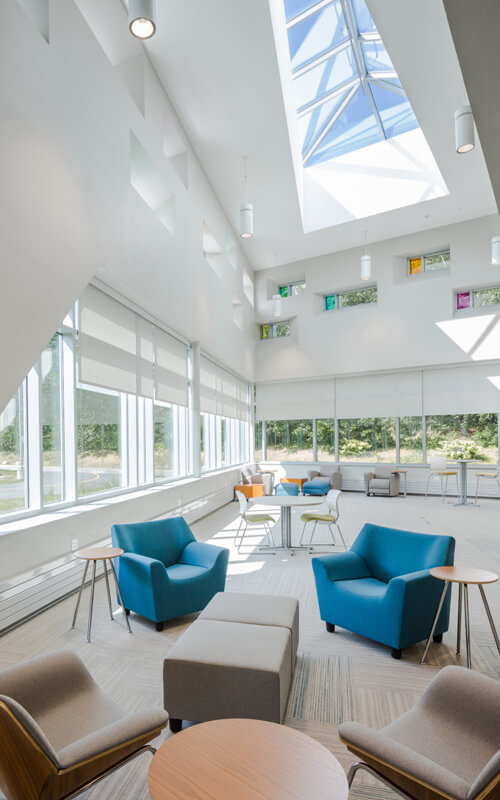We’ve talked about what a humid continental climate can do to your roof. We’ve talked about the best roofing options you can consider. Now, let’s talk about what you can do to make the most out of your roof. If you’ve already gone out of your way to make an effort to pick out the right roof for your home, given climate conditions in your area, then you’re going to want to make sure that all that effort doesn’t go to waste. Taking to heart best practices in roofing should help ensure that.
Remember to:
- Favor a simple roof design. The more complex a roof design, the more vulnerable it is to roofing problems like leaks because it contains many breaks in the roofing material through which moisture can seep through. If a simpler roof just isn’t going to cut it for you, make sure that you have yours installed by a professional. A complex roof may be more prone to roofing problems but having it properly installed can lessen its risks.
- Steer clear of openings. Again, breaks in the roofing material increase the likelihood of leaks. Skylights, for instance, offer you an effective way of taking advantage of natural light but they cut through your roof, introducing new spots that can possibly turn to leaks. This problem should be remedied though by properly installed flashing.
- Consider reflective surfaces. Generally, light-colored roofs bounce back heat better compared to their darker-colored counterparts. A roof’s reflective properties can also be improved by coatings, adding to its ability to lessen heat absorption which will definitely come in handy especially during summers.
- Get de-icing cables. Winter only occurs for a few months but the damage the severe cold can bring can have lasting effects. Get de-icing cables and ice dams will never be a problem.
- Ventilate your attic. Aside from de-icing cables, a properly ventilated attic can help your roof survive punishing winters by stabilizing temperature under your roof, keeping it cool so snow doesn’t constantly melt and refreeze. During those hot summers that the humid continental climate is so well-known for, proper attic ventilation will aid in preventing your roof from overheating, letting you avoid roofing problems brought about by high temperatures.
Now that you are equipped with the ABCs, you are now a step closer towards enjoying roofing in a humid continental climate. If you have other concerns, free to ask your local roofing contractor for additional guidance. Good luck!
Categories:
